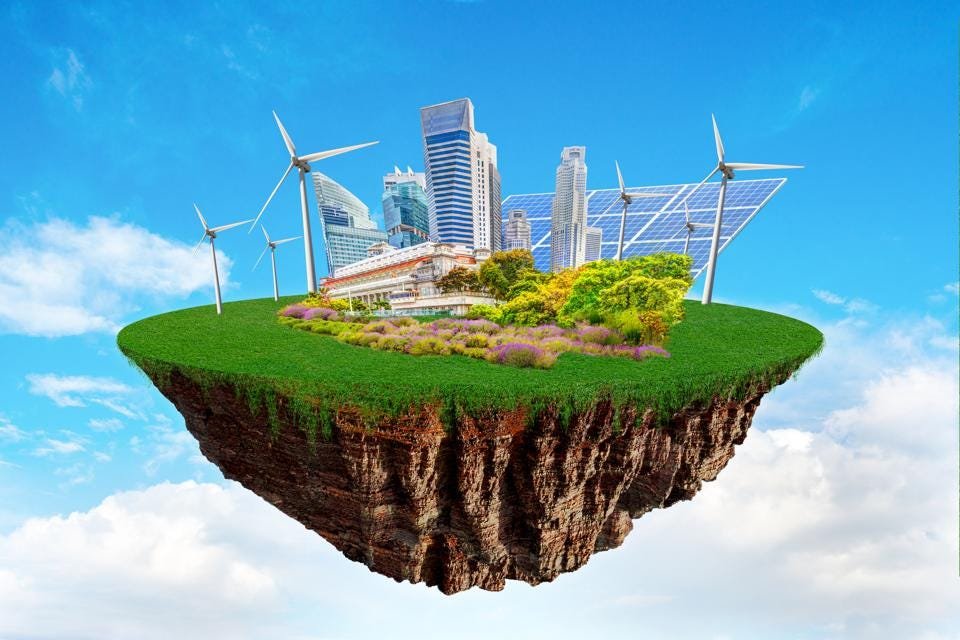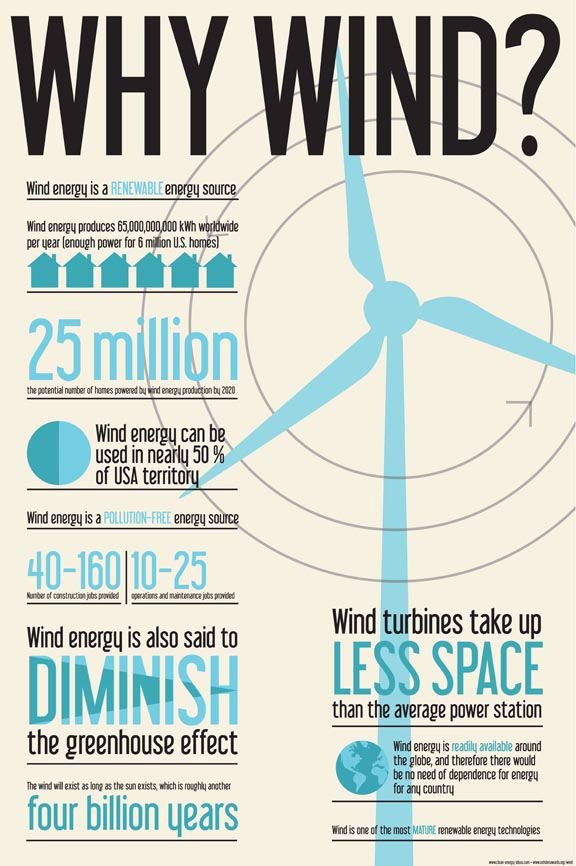
Introduction Future Energy Sources
As we all know, present energy sources mainly depend on non-renewable energy sources and Fossil fuels, but these energy sources will be exhausted one day for sure, and their continuous use is becoming a threat to the environment. As a result, increased use of such energy is not a world-sustainable energy source, and we must shift our energy requirements from non-renewable to renewable energy sources. In this article, we will talk about future energy sources of the world and where we can get these energy sources, we will also discuss how they are beneficial to human beings.

So what is a Future Energy Source?
Keeping current challenges such as rising temperatures, global warming, pollution, and so on in mind, the future is at risk. By “future energy“, we simply mean energy that is both sustainable and eco-friendly. Future energy must have the lowest carbon emissions. Growing carbon emissions are a major cause of global warming. Statistical reports give us information about more than 80% of the energy in the world comes from fossil fuels. But we do not want such a future that is dependent upon fossils so much. The future energy of the world must rely on renewable. To see our future grow into something better, we need to act now.

Example of Future Sources of Energy
Due to the growing use of fossil fuels, researchers believe the world will face disastrous consequences if alternate energy solutions are not primarily used.
- Future energy sources are:
- Solar energy
- Hydro energy
- Nuclear energy
- Wind energy
- Geothermal energy
- Biomass energy

Solar Energy
Solar energy is sustainable and abundantly available Scientists are working on numerous technologies to switch fossil-based systems to solar-based systems. For example, there are solar cars that are in their initial stages of development. Once these cars are fully functional, they can help a lot in reducing carbon footprints on earth since ICE-based cars are becoming a concern for the future.. There are some key points regarding what makes solar power a future energy resource:
- It’s a non-exhausting form of energy since it’s completely dependent on the sun.
- Solar power is clean as using it directly for energy needs does not emit carbon gases. Therefore it reduces the carbon footprint on the earth.
- Solar power does not create air, land, or water pollution; hence it’s not harmful to the planet.
- As growing electricity bills are becoming a concern for middle-class citizens, solar energy-based systems have the power to reduce bills.
- Scientists are working on future solar fuels. Solar fuel would increase our fuel supply while also improving the overall sustainability of our energy system.
Drawbacks of Solar Energy
Solar energy can be harnessed only during the time of the sun. Furthermore, climatic conditions or geographical locations that are not in favor of solar energy add up to the current drawbacks regarding this energy.
- Solar technology today is unable to fully utilize solar energy to its full potential.
- Environmentalists face some challenges during the mining and manufacturing of solar technology, such as toxic waste and increased use of conventional energy sources.

Hydropower Energy
The power of water is mostly used in generating electricity. By building dams, by the kinetic energy of rivers, or by pumping facilities, hydro energy is utilized. The kinetic energy of water It then moves through the turbines, which afterward produce electricity.
There are some valuable points that enlist hydro energy as one of the most promising energies of the future.
- Hydro energy is an unending source of energy. Therefore, the water cycle process makes it a renewable resource.
- Hydro energy is a clean source of energy. It’s powered by the force of water, so it does not produce carbon emissions directly.
- Hydro energy is an efficient source of energy, unlike many other sources of energy out there.
- Many countries rely on fuels that they cannot produce domestically in order to generate electricity. But hydro energy helps nations to produce electricity without relying on imported fuels.
- Hydropower is a versatile energy source, which also makes it an important asset as a future energy source.
Drawbacks of Hydropower
- Hydroelectric dams are not easy to make and they are very costly.
- Hydroelectric dams can endanger or harm aquatic species.
- Not everywhere we can build dams since there are limited reservoirs.

Nuclear Energy
The energy that is inside the nucleus is called nuclear energy. Nuclear energy is obtained by nuclear fission, nuclear decay, and nuclear fusion. Commonly, nuclear power is used to produce electricity with the help of nuclear fission since it is safer. The energy of nuclear fuel such as uranium is utilized and heat is produced in nuclear reactors, which in turn produce electricity.
- Nuclear energy has advantages that make it a future resource:
- It’s evident that nuclear energy usage does not have a direct impact on nature. By direct, we mean that when nuclear energy is used in reactors, no harmful gases or greenhouse gases are released.
- Nuclear energy produces a consistent and huge amount of energy, which gives reliable electricity constantly.
- The fusion reaction is far more powerful than fission. Once the fusion process is under control and can power systems for up to a month, then the world will have a prominent look at nuclear energy.
Drawbacks of Nuclear Energy
- When using nuclear energy, there are by-products or wastes produced, such as uranium mill tailings, used fuels, etc. If living beings are exposed to these radioactive by-products, these radioactive bio-products can harm them or future generations.
- Both technical and innovative solutions are required for nuclear energy to continue to play a proper and sustainable role in the future. While nuclear technology advancements can help to reduce the burden of radioactive waste.

Wind Energy
The energy of moving air has been used for many years before. But in the modern era, technologies have improved a lot, which use wind energy to not only grind mills but to produce electricity. The wind is used at wind favorable locations to turn the big turbines to produce electricity. Many factors contribute to wind energy as a future energy resource, such as:
- One of the main reasons for hope for us is that wind energy is a clean fuel. It does not emit carbon gasses.
- Systems that are completely fueled by wind energy or in conjunction with solar energy do not emit toxic gases.
- Wind energy is an inexhaustible source and is sustainable. Airborne wind turbines will be installed on skyscrapers and other large structures in the future, providing energy to them.
- Many futuristic innovations are being idealized in order to promote wind energy as a future source of energy.
Drawbacks of Wind Energy
- Wind energy depends on geographical location and high-speed winds.
- Wind energy systems, such as wind farms, require a significant amount of land to produce electricity.
- Flying birds can be harmed by running wind turbines.
- It is costly to set up huge wind turbines, as they are expensive.
- Airborne wind turbines will be installed on skyscrapers and other large structures in the future, providing energy to them. Many futuristic innovations are being idealized in order to promote wind energy as a future source of energy.

Geothermal Energy
The energy that comes from the heat of the earth is called geothermal energy. The earth’s heat is used to generate electricity as well as for heating. Many factors keep magma power in the category of the future, such as:
- Geothermal is a renewable energy source because it is powered by the ever-present heat of the earth.
- Unlike fossil fuels, geothermal does not emit carbon and hence does not count on rising global warming issues.
- Since there are many reservoirs yet to be discovered therefore geothermal energy have huge potential in the future.
- Geo energy is a reliable source of energy and can thus constantly produce energy.
- Geothermal energy does not produce toxic gases.
Drawbacks of Geothermal Energy
- The use of geothermal energy is limited to specific locations where it can be harnessed.
- Building such systems is extremely expensive, with plant costs ranging from $2 to $7 million for a 1 MW capacity.
- Many countries have yet to develop geothermal energy on a commercial scale, despite the fact that improved technologies to harvest and make it more efficient are required.

Biomass Energy
The energy produced from the wastes of dead animals and plants is called biomass energy. It is used at both industrial and domestic levels. Biofuels are considered futuristic fuels because of their numerous advantages:
- Biomass is a renewable source of energy.
- Biomass energy produces a very small quantity of carbon gasses when compared to fossil-based automobiles.
Drawbacks of Biomass Energy
- The burning of biofuels emits methane gas, which is a factor in increasing atmospheric temperature.
- Biomass energy can be improved further in order to be used more efficiently and reduce gas emissions.
Conclusion
So after reading above mention points, we came to the conclusion that every possible future energy source has its benefits and drawbacks, but there is still a lot of hope for better technologies regarding solar, wind, hydro, and nuclear power. We have to utilize systems that use such energies more efficiently and reduce the drawbacks related to them.
- To visit the official website of the Indian Ministry of Power- Click Here
- To visit the Ministry of New and Renewable Energy- Click Here